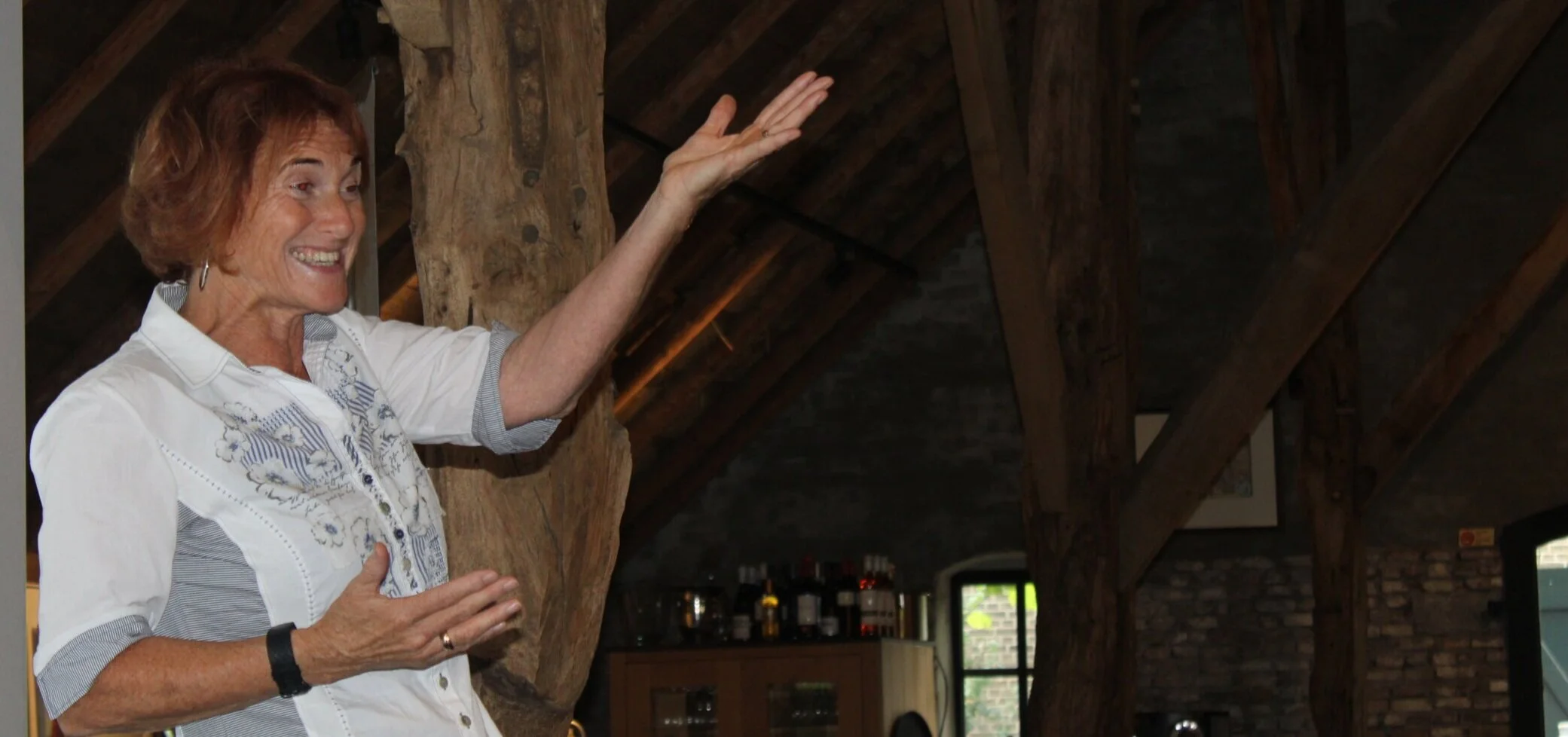What does bottoming out on a wheelchair or seat cushion even mean and why is it so important?
Essentially, the weight of an individual combined with their weight distribution and shape may cause support surface deformation beyond critical immersion, or ‘bottoming out’. According to the 2019 Clinical Practice Guideline (see references below), ‘bottoming out’ is the state of support surface deformation beyond critical immersion whereby effective pressure redistribution is lost."
Checking for ‘bottoming out’ is advised because it can be associated with peak pressure areas that place the skin at risk for breakdown. Bottoming out will most often occur at a bony prominence, such as the ischial tuberosity, greater trochanter, sacrum, or even the apex of thoracic spinous processes and scapulae depending on the person’s sitting posture and relationship with gravity.
With that said, it is a very subjective method that takes practice, especially if you are unfamiliar with identifying anatomical landmarks!
In clinical practice when I am doing posture and seating assessments, an optimal time to check for bottoming out is after checking the ‘life box’ and ‘sitting footprint’ while the person is sitting in their current seating system. It’s amazing how often we find the individuals we work with to be bottomed out and, in the majority of these instances, the individual as well as their carers have no idea what bottoming out is and therefore do not routinely check their cushions.
Providing individuals and caregivers with education about bottoming out and the associated risk with developing pressure injuries is crucial, as a person who is bottomed out on their cushion is likely to experience higher peak pressures and tissue distortion over longer periods of time.
Below I share with you my 10 steps to check for bottoming out on a seat cushion:
Person transfers onto the cushion, ideally with an optimally fitted wheelchair and back support (if they are not already sitting on it! If they are, proceed to Step 4)
Remove sling if hoist is used for transfer, as a sling under the buttocks on top of the cushion can make it impossible to benefit from optimal immersion and envelopment
Move around in the system for 5-10 minutes (e.g.: propel, shift weight side to side, tilt and un-tilt as appropriate)
Using a slide glove if available, check with your hand to determine if there is loading/contact under the greater trochanter/hip joint area. Ask yourself: are the buttocks on the cushion or in the cushion?
Using a slide glove, place hand with palm facing upward under the buttocks to palpate and identify the bony prominences- ischial tuberosities, right and left side and the coccyx (tailbone), sacrum, and greater trochanters
Once identified, remove hand and now place hand with palm facing down under the bony prominences one side at a time
Push down with fingers to determine how much protection is between the bony prominences and the bottom of the cushion (you want to feel squish beneath the bony prominences as opposed to firmness in most off the shelf cushions)
Ideally 1.5-2cms of protective material will be beneath the lowest points of the bony prominences. If ischials are very prominent and rough terrain is being traversed – make sure and check for bottoming out after propulsion or driving over some rough terrain if possible
If the under surface of trochanters and proximal femurs are not being loaded and if there is more than 2 cms of protective material beneath the lowest bony prominences, the person may be ON the cushion rather than IN the cushion, meaning stability and skin protection may not be optimized ( see manufacturer guidelines for fitting and optimising the cushion or replace the cushion)
If the trochanters are being loaded and if there is LESS than 1.5 cms beneath the lowest bony prominences, this means the person is potentially bottoming out and does not have optimal protection.
Note: I also check for bottoming out on the back support as well as on any other seat/surface the individual spends a lot of time on!
I recommend to everyone to contact their health care professional immediately if it is discovered that they are bottoming out, as this can lead to excess pressure on sensitive bony areas and ultimately to pressure injuries. I believe it is a component of our work with individuals who function from a seated position to educate both the person using the seating as well as their family and/or care team on the importance of checking the cushion daily for bottoming out or for any other seating malfunction.
Bottoming out is something we hope to avoid at all costs due to the associated risks of skin breakdown. The solution, however, is often focused on the seat cushion (or back support, if that is the area of risk), rather than on investigating the root cause of the postural deviation leading to asymmetrical loading and peak pressure areas. While a supportive cushion that allows optimal immersion is absolutely necessary, it will do very little to protect the skin long-term if, for example, the individual presents with a pelvic obliquity due to limited hip mobility and the limitations in their body structure have not been addressed.
When we check for bottoming out as part of an assessment, it is a small piece of a large puzzle that provides us with immediate insight as to whether this person requires a different level of support and what to look for during the supine component of our hands-on assessment.
References:
Call, Evan, et al. “Hand Check Method: Is It an Effective Method to Monitor for Bottoming Out? A National Pressure Ulcer Advisory Position Statement.” Wound Care Advisor, vol. 4, no. 5,”
European Pressure Ulcer Advisory Panel, National Pressure Injury Advisory Panel and Pan Pacific Pressure Injury Alliance. Prevention and Treatment of Pressure Ulcers/Injuries: Clinical Practice Guideline. The International Guideline. Emily Haesler (Ed.) EPUAP/NPIAP/PPPIA: 2019
Available at: http://www.internationalguideline.com/static/pdfs/Quick_Reference_Guide-10Mar2019.pdf
